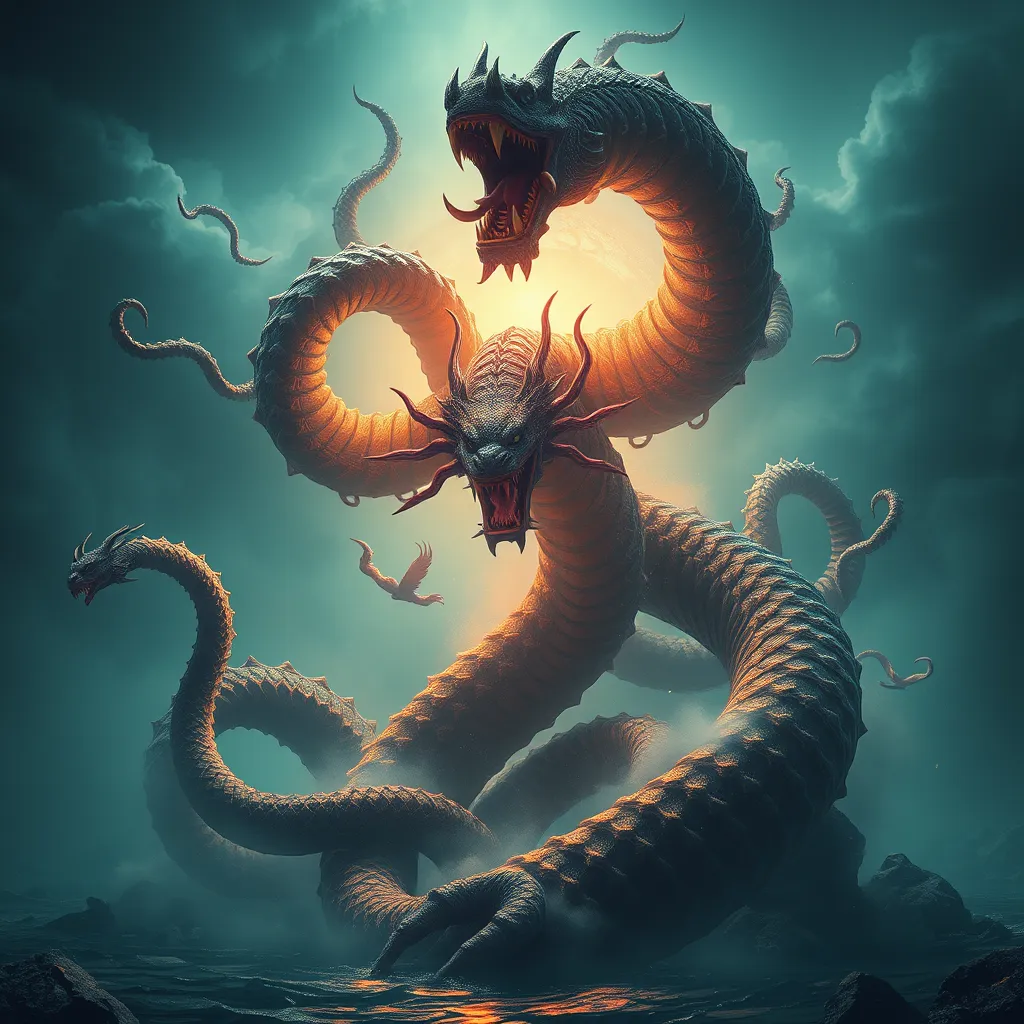The Legacy of Camazotz: Tracing the Influence of the Bat God in Aztec Art and Literature
I. Introduction
Camazotz, a prominent figure in Aztec mythology, embodies the mysterious and often dualistic nature of bats within Mesoamerican culture. As a deity associated with the night, death, and the underworld, Camazotz holds a significant place in the mythological pantheon of the Aztecs. Bats, revered and feared, symbolize various aspects of life and death in this rich cultural tapestry. This article aims to explore the multifaceted influence of Camazotz in Aztec art and literature, highlighting how this bat god continues to resonate in modern interpretations.
II. Historical Context of Camazotz in Aztec Mythology
The origins of Camazotz can be traced back to earlier Mesoamerican religious beliefs, where bats were perceived as powerful creatures linked to the supernatural. This deity plays a crucial role in creation myths, often depicted as a harbinger of death and rebirth. In Aztec cosmology, Camazotz is intricately connected to the underworld, guiding souls through the afterlife.
In various accounts, Camazotz is portrayed as a creature that embodies the thin line between life and death, reinforcing the idea of cyclical existence. His myths often illustrate the themes of transformation and regeneration, echoing the natural cycles of the world.
III. Symbolism of the Bat in Aztec Culture
In Aztec culture, the bat symbolizes a complex duality, representing both life and death. This duality is evident in various aspects of their spirituality:
- Fertility and Agriculture: Bats play a vital role in pollination, linking them to fertility and the abundance of crops.
- Night and Darkness: As creatures of the night, bats are associated with the mysteries of the unseen and the unknown.
- Death and Rebirth: The bat’s ability to navigate darkness reflects the journey through death towards rebirth.
As a totem, the bat held significant meaning in Aztec society, often representing the balance between opposing forces and the profound interconnectedness of all life.
IV. Depictions of Camazotz in Aztec Art
Artistic representations of Camazotz can be found in pottery, sculpture, and ancient codices. These works often feature distinctive iconographic elements that convey deeper meanings:
- Facial Features: Camazotz is frequently depicted with a bat-like face, emphasizing his connection to this creature.
- Wing Motifs: The representation of wings often symbolizes freedom and the transcendence of the earthly realm.
- Symbolic Colors: Dark hues are prevalent, representing the night and the mysteries associated with the underworld.
When comparing Camazotz to other deities in Aztec art, it becomes evident that his portrayal is unique yet shares thematic similarities with gods associated with death and the afterlife, reflecting the common cultural preoccupations with mortality.
V. Camazotz in Aztec Literature and Oral Traditions
Camazotz features prominently in various myths and legends. These stories serve not only as entertainment but also as moral and philosophical explorations of existence:
- Creation Myths: Many narratives include Camazotz’s involvement in the creation of humanity and the world, often highlighting themes of sacrifice and renewal.
- Oral Traditions: Oral storytelling traditions have preserved accounts of Camazotz, contributing to cultural identity and continuity.
- Poetic Forms: Camazotz is often referenced in poetry, where his symbolism enriches the text with layers of meaning.
These literary representations have significantly influenced contemporary interpretations of Aztec mythology, inspiring modern adaptations in various forms of media.
VI. Influence of Camazotz on Modern Art and Literature
In contemporary art, Camazotz is often reimagined, reflecting the ongoing fascination with this bat god. Artists draw upon the rich symbolism associated with Camazotz to explore themes of identity, heritage, and the environment:
- Visual Art: Many artists incorporate bat imagery and Aztec motifs into their work, creating a dialogue between ancient and modern.
- Literature: Modern authors reference Camazotz in novels and poetry, exploring the intersection of past and present cultural narratives.
- Popular Culture: Adaptations in films, comics, and games highlight Camazotz’s enduring legacy, often portraying him as a symbol of resilience and transformation.
This ongoing relevance underscores the importance of mythological figures in shaping cultural identity and understanding human experience.
VII. Comparative Analysis with Other Cultures’ Deities
Camazotz shares similarities with bat deities from other cultures, highlighting universal themes in mythology:
- Similar Deities: Figures such as the Mayan god Zotz and the Chinese bat deity symbolize similar concepts of death and rebirth.
- Cross-Cultural Themes: Many cultures view bats as symbols of transformation and the connection between the earthly and the spiritual.
- Universal Significance: The presence of bat figures across various mythologies reflects a shared human fascination with the duality of existence.
This comparative analysis enriches our understanding of the role of bats in folklore and the shared human experience across cultures.
VIII. Conclusion
In summary, Camazotz’s enduring legacy highlights the profound impact of mythology on art and literature. As a figure representing the duality of life and death, he continues to inspire contemporary interpretations that resonate with modern audiences. The preservation of cultural narratives surrounding Camazotz is vital for understanding our collective heritage and identity.
Ultimately, the intersection of art, literature, and mythology serves as a powerful lens through which we can explore and comprehend the complexities of the human experience.



